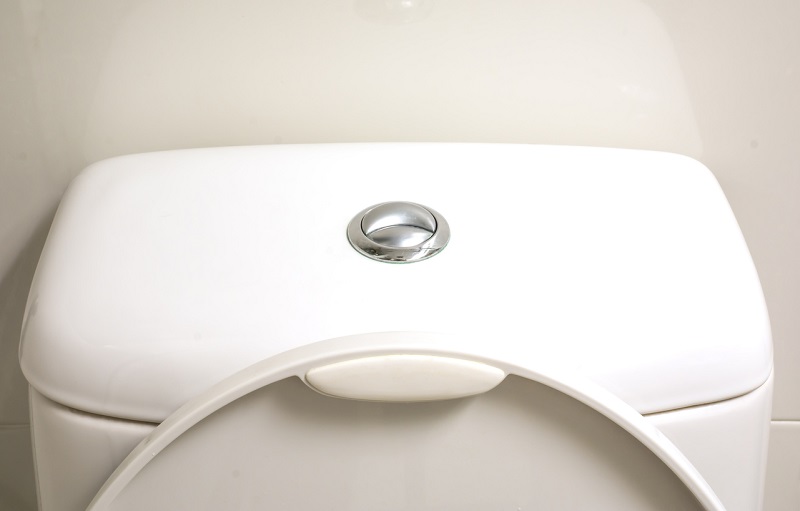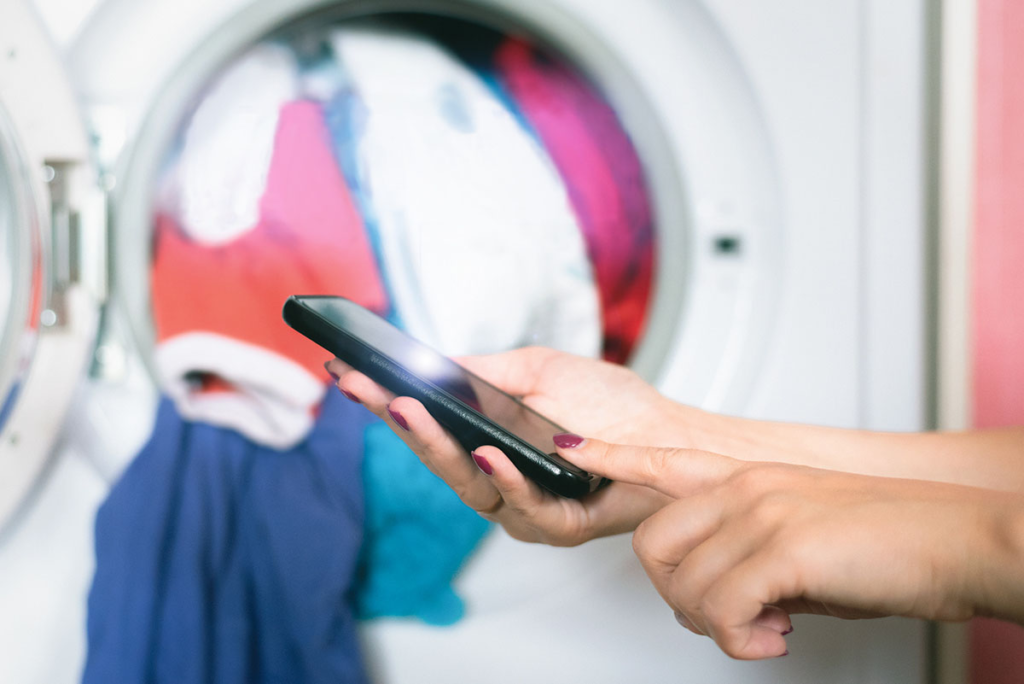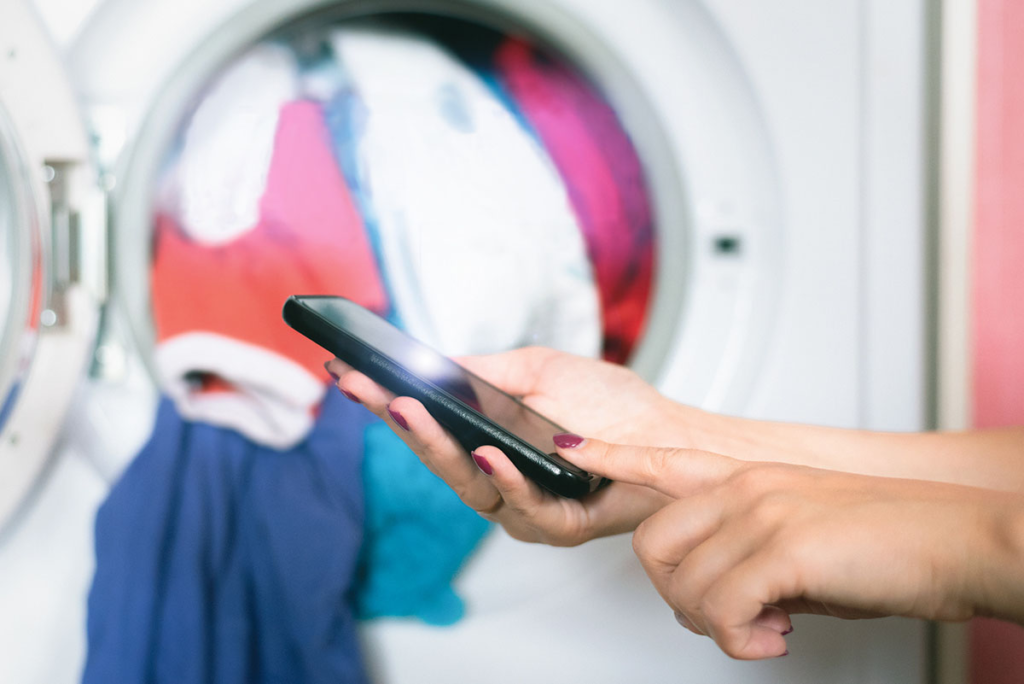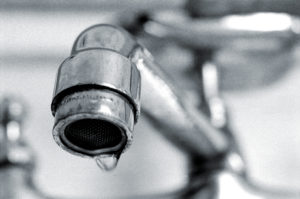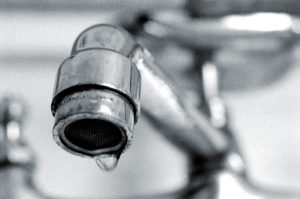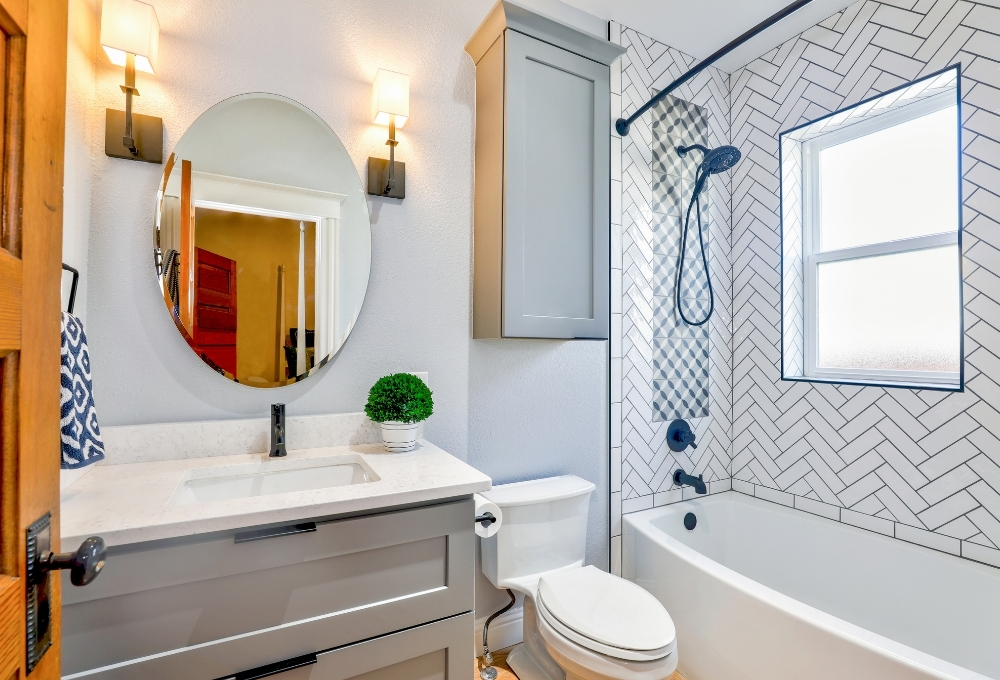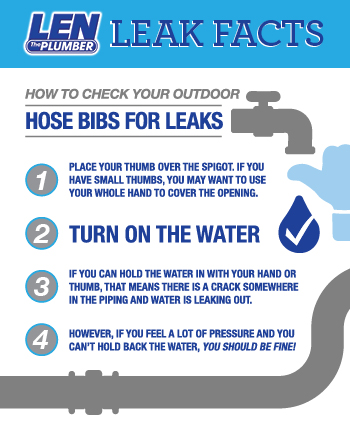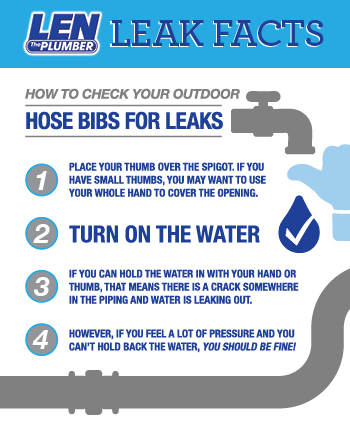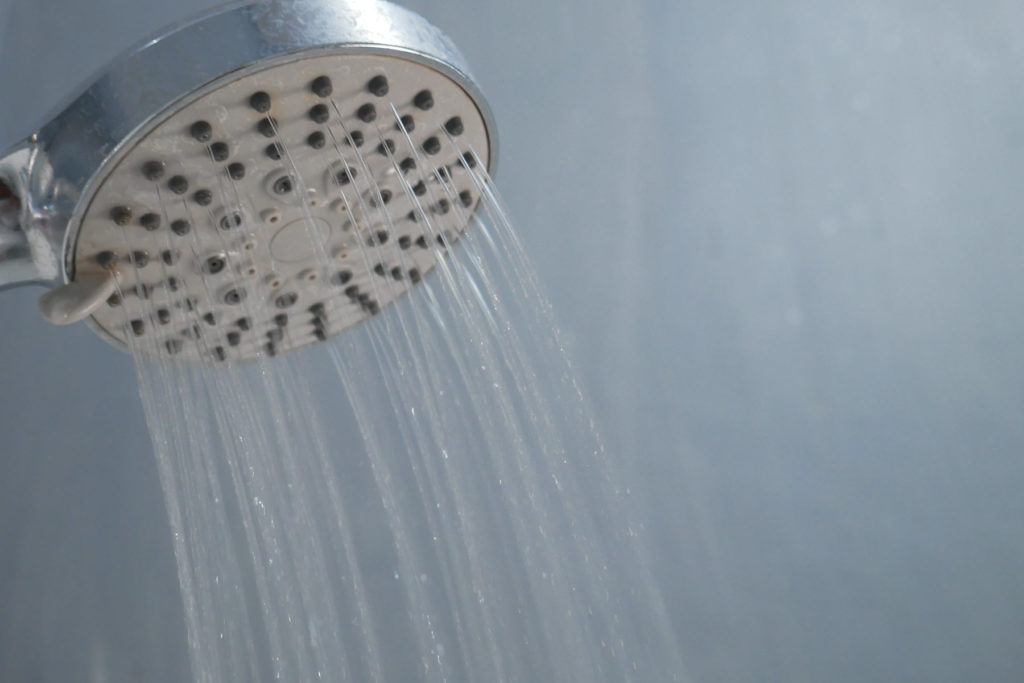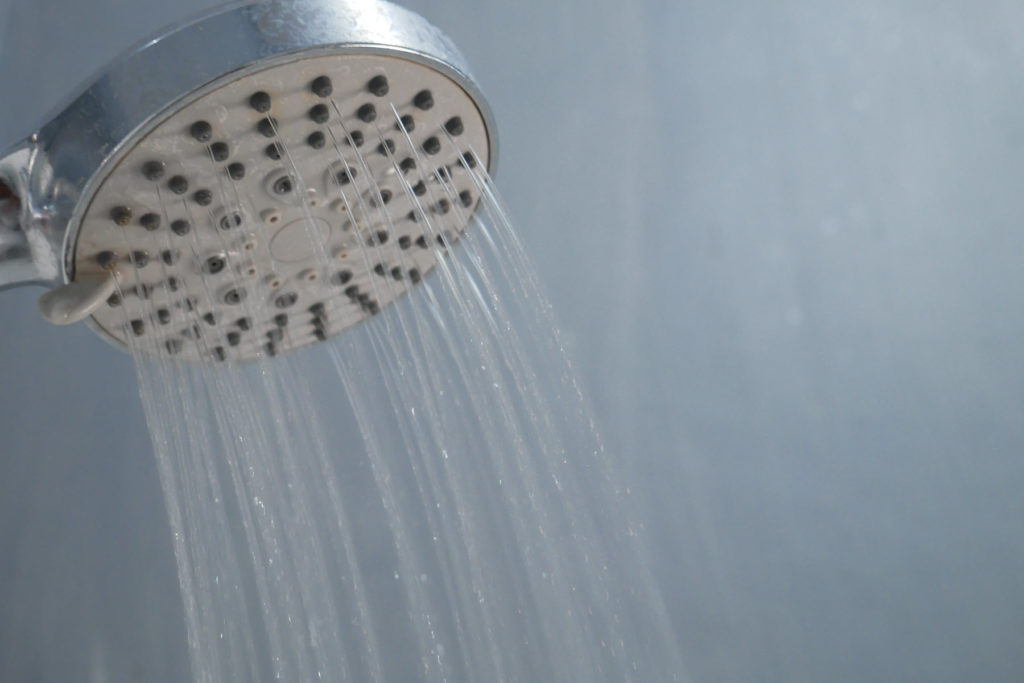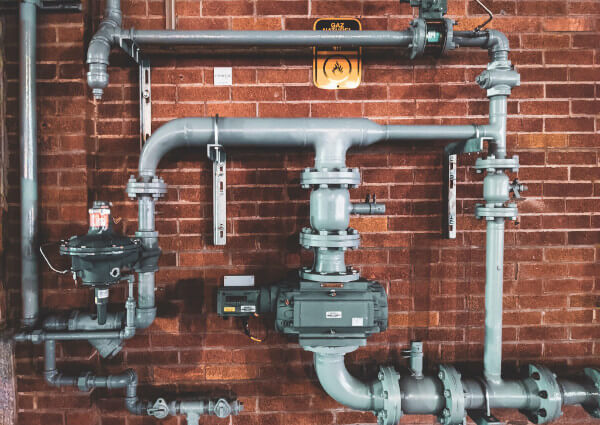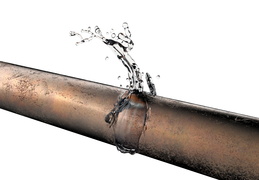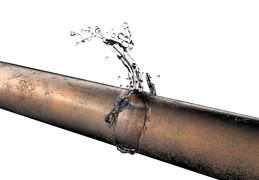
The flush of your toilet is a familiar sound, so when it starts to gurgle or bubble, it’s obvious that something isn’t right. Gurgling noises are not as uncommon as they might sound. Still, that doesn’t mean you should ignore the signs that something is wrong with your toilet. If you’ve noticed that your toilet has started to gurgle or bubble after flushing, it’s only a matter of time before more strange symptoms start to affect your plumbing system, such as a water backup.
Avoid the cost of expensive water backup services by ensuring your toilet health the moment it begins to make unusual noises. This guide will help you identify the root cause of your toilet troubles and some easy fixes you can try before calling in the professionals at Len The Plumber.
What Causes a Toilet to Gurgle or Bubble?
When a toilet gurgles or bubbles, it generally means one thing: There’s a blockage in your system. For water and waste to flow through your plumbing system, the air pressure must be at a specific level. Negative air pressure or suction caused by blockages can cause air to escape and the toilet to back up, causing gurgling noises or bubbling water. The following are just some of the most common places that a blockage could exist in your system:
The toilet: Toilet blockages can be easily spotted by identifying floating objects in the toilet water.The toilet drain: When things are flushed down the toilet that shouldn’t be flushed, the toilet drain can become clogged.The main sewer drain: All of the drains in your home lead to the main sewer drain, so a blockage there will impact nearly all of the plumbing fixtures in your home.The vent stack: Malfunctioning plumbing appliances might be caused by a clogged vent stack on your roof, leading to negative air pressure and a gurgling toilet.
Whatever the main cause of your gurgling toilet may be, there are steps that you can take as a homeowner to attempt to remedy the issue before calling in the professionals.
3 Easy Fixes for a Faulty Toilet
If your toilet is gurgling, there are some DIY plumbing tricks you can try that may provide the relief your system needs:
Plunging: Before you begin plunging away on your toilet, be sure to seal off nearby drains so the air in your pipes can’t escape there. This will force the air to escape through your toilet, so you can easily bring up whatever is clogging the system.Using a plumbing snake: If plunging fails, you can try to snake your drain through the toilet bowl. Standard drain snakes (augers) reach 5 to 15 feet; however, you can rent a motorized auger to reach up to 100 feet or more for difficult-to-reach clogs.Calling your neighbors: It might seem strange, but making a quick call to your neighbors can actually be beneficial. If one or more of your neighbors also have gurgling toilets, there might be a problem with the sewer main, which is the responsibility of the city sewer authority.
When you’ve exhausted your avenues for relief to no avail, all hope isn’t lost yet: You just need to contact knowledgeable professionalsto get the job done right. Len The Plumber has a team of top-quality plumbing experts available to quickly and efficiently fix your gurgling toilet in no time.
When to Contact the Plumbing Pros for a Gurgling Toilet
Don’t let a gurgling toilet lead to further plumbing problems in your home. At Len The Plumber, our plumbers are expertly trained in the most advanced industry tools and techniques to deliver the long-lasting toilet repairs you need to restore your system to working condition.
Allow our team to bring reliability back to your plumbing system by scheduling toilet repair today!
